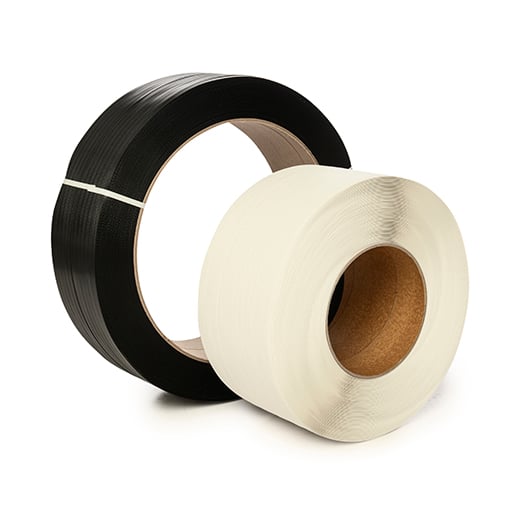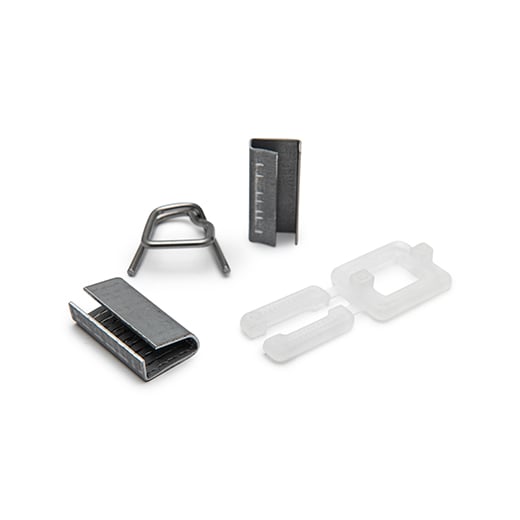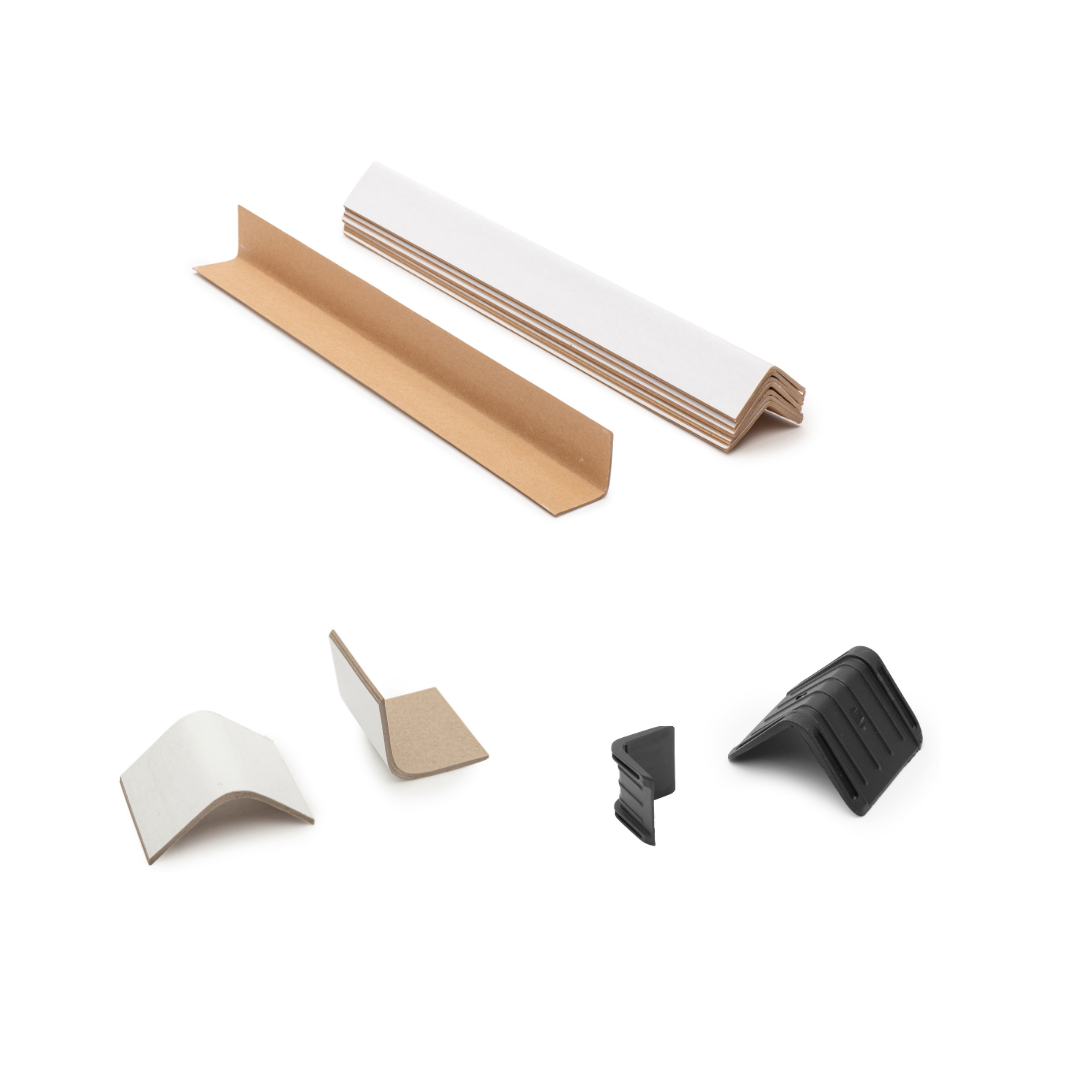POLYPROPYLENE STRAPPING
Polypropylene strapping, also known as poly strapping or P/P strapping, is the most common form of plastic strapping, widely used for light to medium duty applications including baling, carton closing and lightweight palletizing. It is the most lightweight, flexible and economic strapping material and can be used with manual tools, friction weld tools or machines.
PRODUCT DETAIL:
- With high elongation properties polypropylene strapping offers the most 'stretch' of all strapping materials, therefore it has the flexibility to easily bend around irregular shapes and withstand shock without breaking.
- Polypropylene strapping is resistant to water and corrosives.
- Available in various widths and thicknesses, in manual and machine grades.
The Advantages and Disadvantages of Polypropylene Strapping:
Polypropylene strapping is the most economical and adaptable option for securing, sealing, and bundling light to medium duty applications including packages and pallets. It is the lightest and most versatile strapping option, it can be used with conventional tensioners and sealers, manual combination tools, friction-weld tools or machines. However, it does have its disadvantages; with low tensile compared with polyester or steel strapping it is unable to hold heavy loads during transit. Its performance also degrades; with exposure to large amounts of UV light and extreme temperature change, and with high elongation properties it loses its ability to hold a load tight for long periods of time. In conclusion polypropylene strapping is the perfect most cost-effective strapping material for short term, light to medium weight applications.
What is the Difference Between Polyester (PET) and Polypropylene (P/P) Strapping?
The most obvious difference between polyester and polypropylene strapping is their appearance, polyester is usually, though not always, smooth, glossy and green, while polypropylene has more colour variation and an embossed look.
Polyester strapping has superior characteristics to polypropylene strapping, polyester strapping has breaking strengths closer to steel strapping capabilities and though it loses tension over time, it retains its tension much longer than polypropylene strapping.
Polypropylene strapping is more brittle than polyester and tends to break easier whereas polyester has more stretch to it.
Polypropylene strapping is recommended for light to medium duty applications while polyester strapping is recommended for medium to heavy duty applications.
However, they do have their similarities, for example, both degrade in performance with exposure to UV or extreme temperature changes. Both straps can be used with tensioners, sealers and metals seals, but when it comes to mechanical equipment, polyester strap requires a friction weld tool or machine to seal it, whereas polypropylene strap can be melted and used on lighter duty machinery including fully and semi-automatic strapping machines.
Strap type and suggested use:
Polypropylene Strapping: Light-Medium Duty Application
Polyester Strapping: Medium-Heavy Duty Application
Steel Strapping: Heavy-Extra Heavy Duty Application
See additional blog post for more information:
Semi-Automatic Strapping Machine
POLYPROPYLENE STRAPPING SPECIFICATIONS TABLE:
| PRODUCT |
SIZE
strap width / coil length |
BREAK STRENGTH |
CORE SIZE
Core ID x Face |
COLOUR | UNIT |
|---|---|---|---|---|---|
SD42202 |
3/8" / 13200ft |
260lbs |
8" x 8" |
White |
1 |
SD50602 |
1/2" / 9900ft |
350lbs |
8" x 8" |
White |
1 |
SD51303 |
1/2" / 9000ft |
300lbs |
16" x 6" |
Black |
1 |
SD52703 |
1/2" / 7200ft |
600lbs |
8" x 8" |
Black |
1 |
SD53003 |
1/2" / 7200ft |
600lbs |
16" x 6" |
Black |
1 |
SD62103 |
5/8" / 6000ft |
700lbs |
8" x 8" |
Black |
1 |
Product description and specifications content is accurate and true to the best of SmartShield Packaging's knowledge.
Style, colour or size in some pictures may not depict product exactly.

.jpg?width=346&height=346&name=POLLY%20STRAPPING-2(1).jpg)
.png?width=520&height=520&name=untitled%20resized%20(58).png)
.png?width=520&height=520&name=untitled%20resized%20(65).png)
.png?width=520&height=520&name=untitled%20resized%20(10).png)
.png?width=520&height=520&name=untitled%20resized%20(9).png)
.png?width=520&height=520&name=untitled%20resized%20(56).png)


